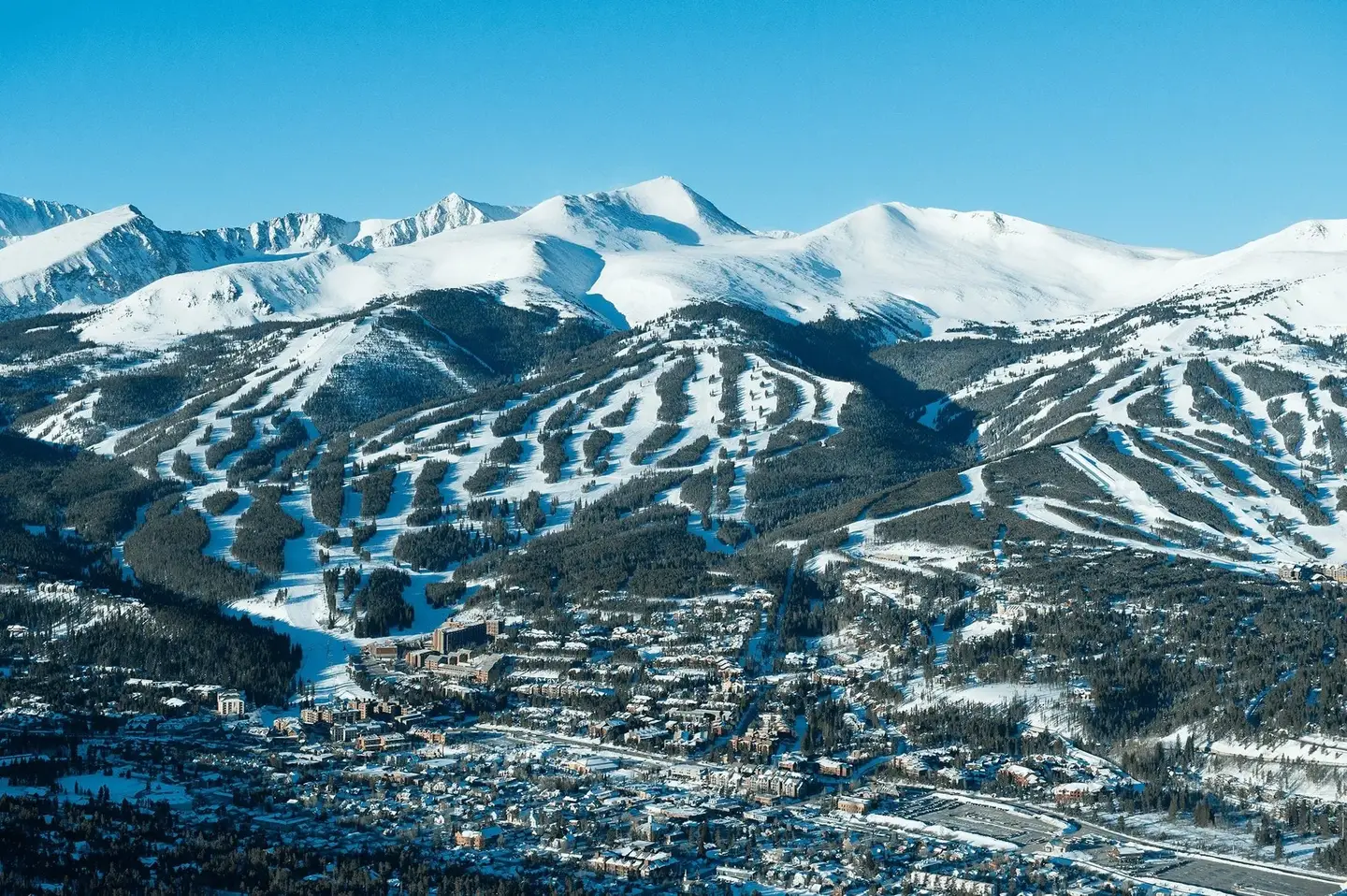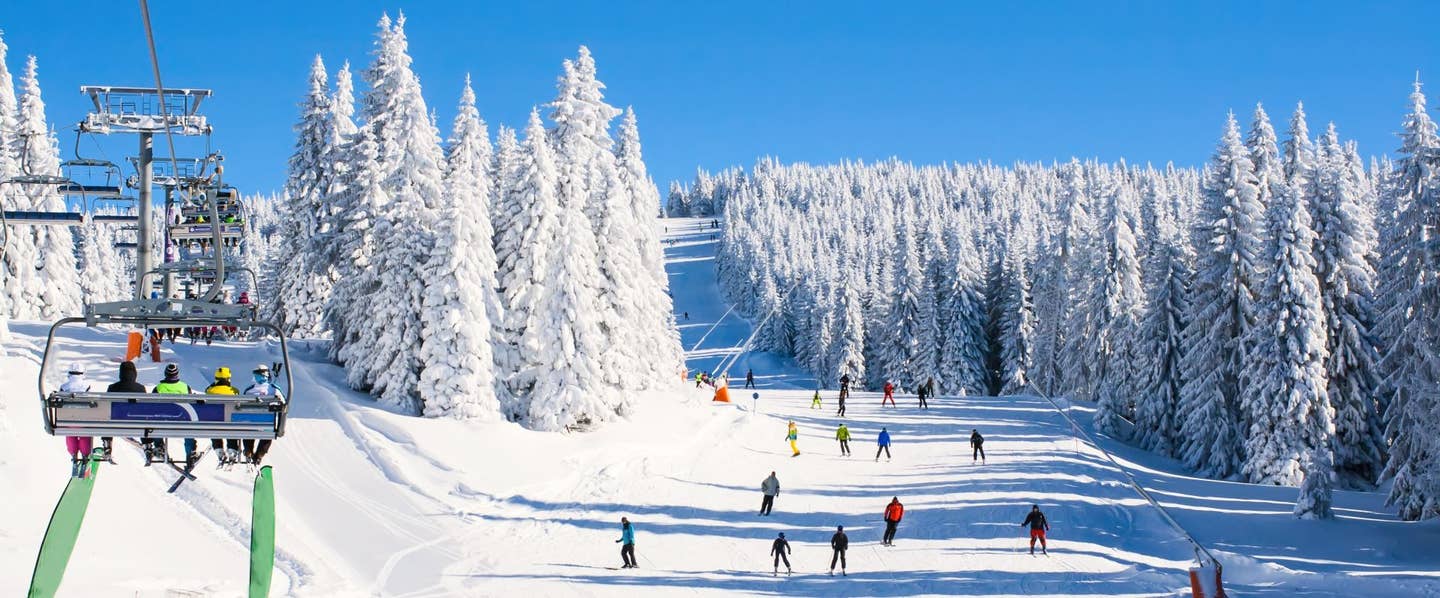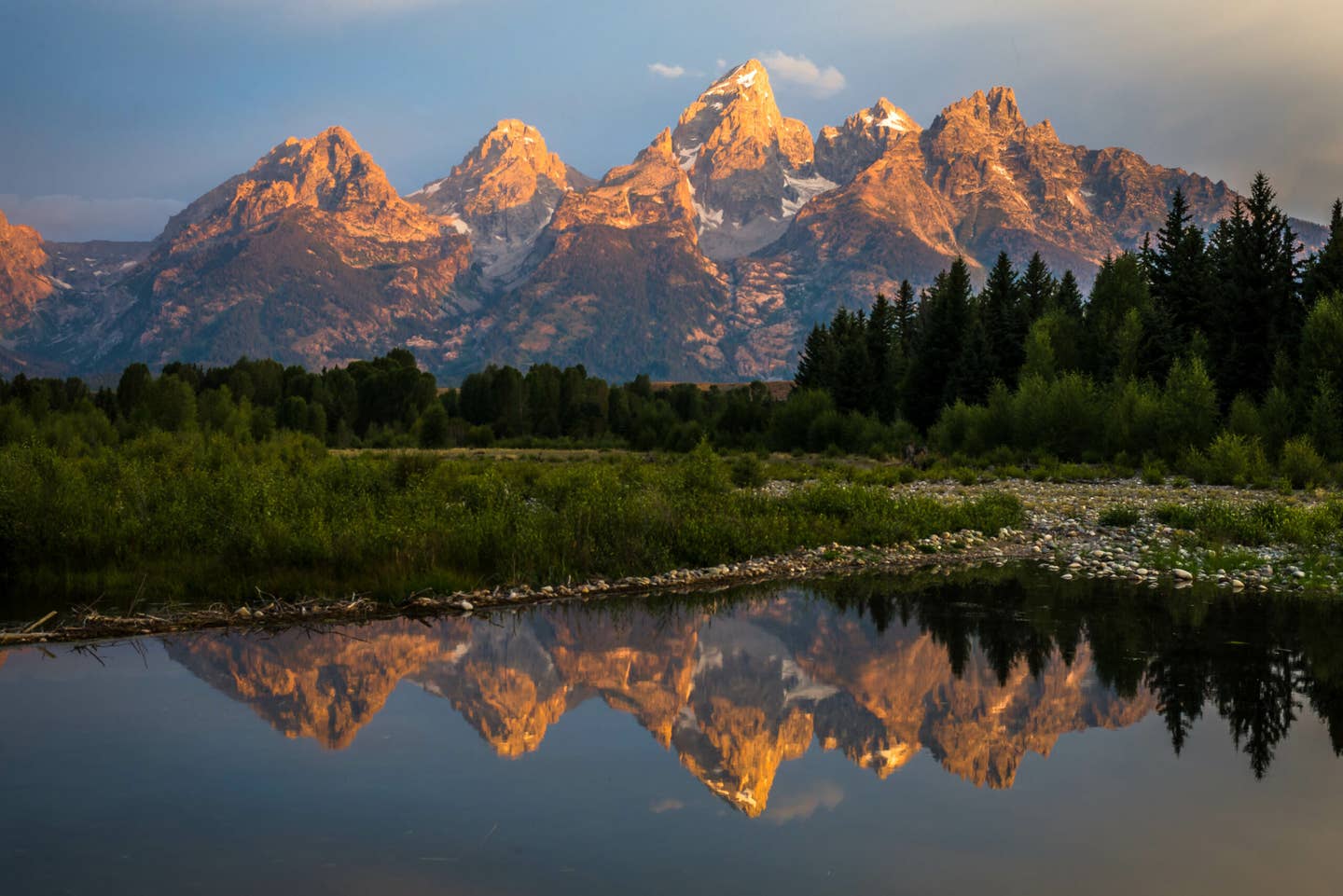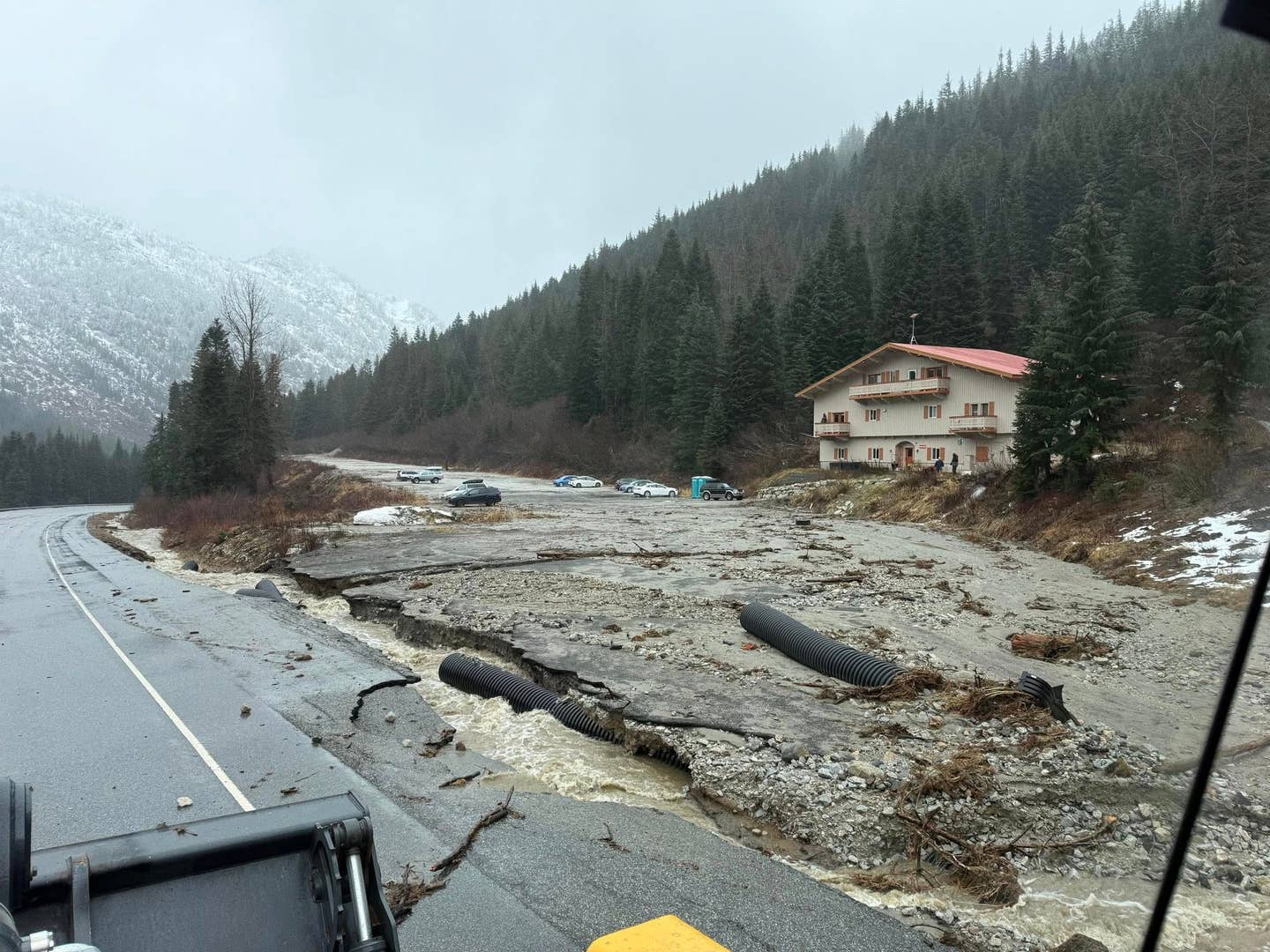

Don’t Wait for Snow: Your Pre-Season Prep Starts Now
Popular Stories
The countdown is on. With less than 100 days until the lifts start spinning, now is the time to dial in your body for the unique demands of skiing and snowboarding. If you're looking for the best pre-season training for skiers, your performance and safety this season will depend on how well you've prepared.
Whether you're carving steep corduroy, dropping pillows in the backcountry, or lapping the park, this guide breaks down exactly what you need to focus on over the next few months to be ready for winter. Unlike general fitness routines, skiing and snowboarding require a specific blend of eccentric strength, explosive power, joint stability, cardiovascular endurance, and mobility.
Cardio & Endurance
If Your Lungs Give Out Before Your Legs, You're Done.
Skiing and snowboarding aren't just about leg strength,they're about staying strong all day. Whether you're skinning uphill, hiking to a side hit, or charging a full day of resort laps, your cardiovascular system needs to keep up.
Interval Training for Skiing/Snowboarding
Why it matters: Both sports involve bursts of high effort followed by rest, exactly what HIIT (High Intensity Interval Training) trains.
- Sample HIIT Workout (2–4x/week)
- Warm-Up: 10 mins of dynamic movement (jump rope, skipping, light jog)
- Sprint Intervals:
- 30 seconds: sprint, hard row, or high-resistance bike
- 90 seconds: slow recovery pace
- Repeat for 8–10 rounds
- Cool-down: 5–10 mins easy movement + mobility work
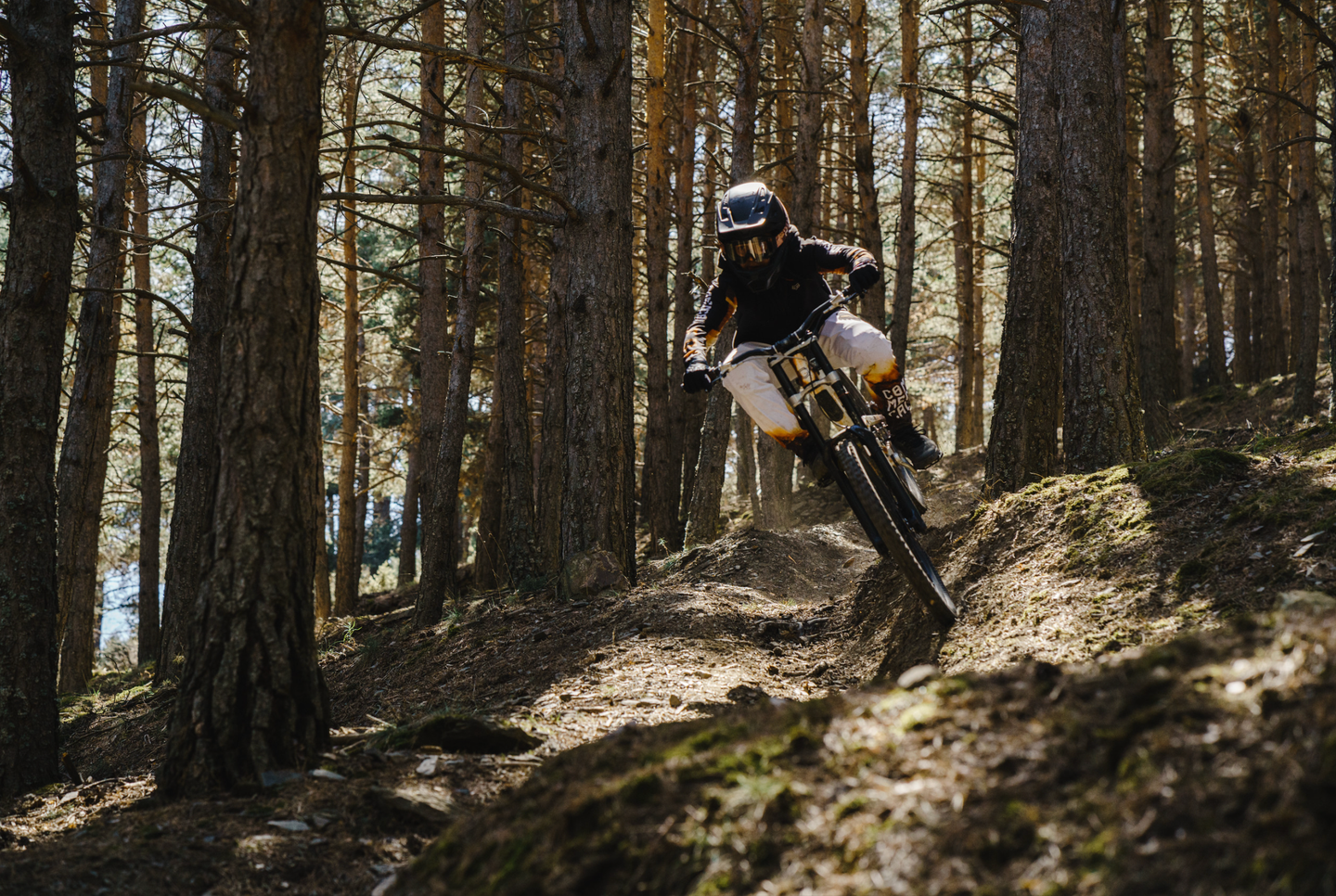
Andreu Lacondeguy while filming 'Esperanto' (2022)
Cross-Training Activities
When it comes to pre-season training for skiers and riders, these activities are perfect for building ski-specific aerobic and muscular endurance:
- Trail Running or Hill Sprints: Mimics the demands of downhill skiing.
- Mountain Biking: Great for quads, glutes, and cardio.
- Stair Intervals or Hiking with a Pack: Builds uphill stamina.
- Skate-style Roller Skiing or Splitboard Touring (off-season): Perfect ski-specific movement patterns.
Strength & Power
Strength is Your Armor, Power is Your Fuel.
Skiing and snowboarding demand eccentric control (slowing motion), explosive movement, and muscular endurance, especially in the lower body and core.
Lower Body Strength (2–3x/week)
- Compound Movements
- Back Squats / Front Squats: Full range of motion to mimic a strong ski stance.
- Romanian Deadlifts: Strengthens hamstrings and glutes, key for absorbing landings and reducing knee injury risk.
- Walking Lunges & Bulgarian Split Squats: Builds single-leg control for edge transitions and stability.
- Balance & Stability
- Single-leg Romanian Deadlifts: Strengthens small stabilizers.
- TRX or BOSU Ball Squats: Adds instability to mimic real terrain.
- Step-downs from a box: Trains deceleration like coming out of a turn or landing.

Plyometrics & Explosive Power
Crucial for big landings, quick edge changes, or popping out of a turn.
- Lateral Bounds (speed skaters): Mimics carving.
- Box Jumps (focus on soft landing): Trains absorption.
- Jump Lunges: Improves quick transitions and quad endurance.
- Depth Jumps to Broad Jump: Trains reactive strength, like landing and immediately powering out of turns.
Sign Up for the TGR Gravity Check Newsletter Now
Injury Prevention
The Strongest Athletes Are the Ones Who Stay in the Game.
The most common injuries for skiers and snowboarders are often due to muscle imbalances and a lack of proper joint stability. By focusing on prehab, you can significantly reduce your risk.
Key Prehab & Stabilization Drills
- Nordic Hamstring Curls: Reduces hamstring tears and ACL risk.
- Hip Airplanes / Monster Walks: Strengthens glute medius for knee control.
- Ankle Stability Drills (balance boards, single-leg balance on foam pad): Essential for snowboarding stability.
- Scapular Wall Slides / Band Pull-Aparts: Prehab for shoulder joint, especially important for snowboarders bracing on falls.
- Rotational Core Work (chops, anti-rotation presses): Prepares your body for torsional forces on the mountain.
Mobility & Flexibility
The Best Skiers Move Well. The Best Snowboarders Recover Well.
Modern skiing and snowboarding demand dynamic flexibility, especially in the hips, ankles, and spine. Mobility also helps you recover faster and absorb terrain more smoothly, reducing fatigue and injury risk.
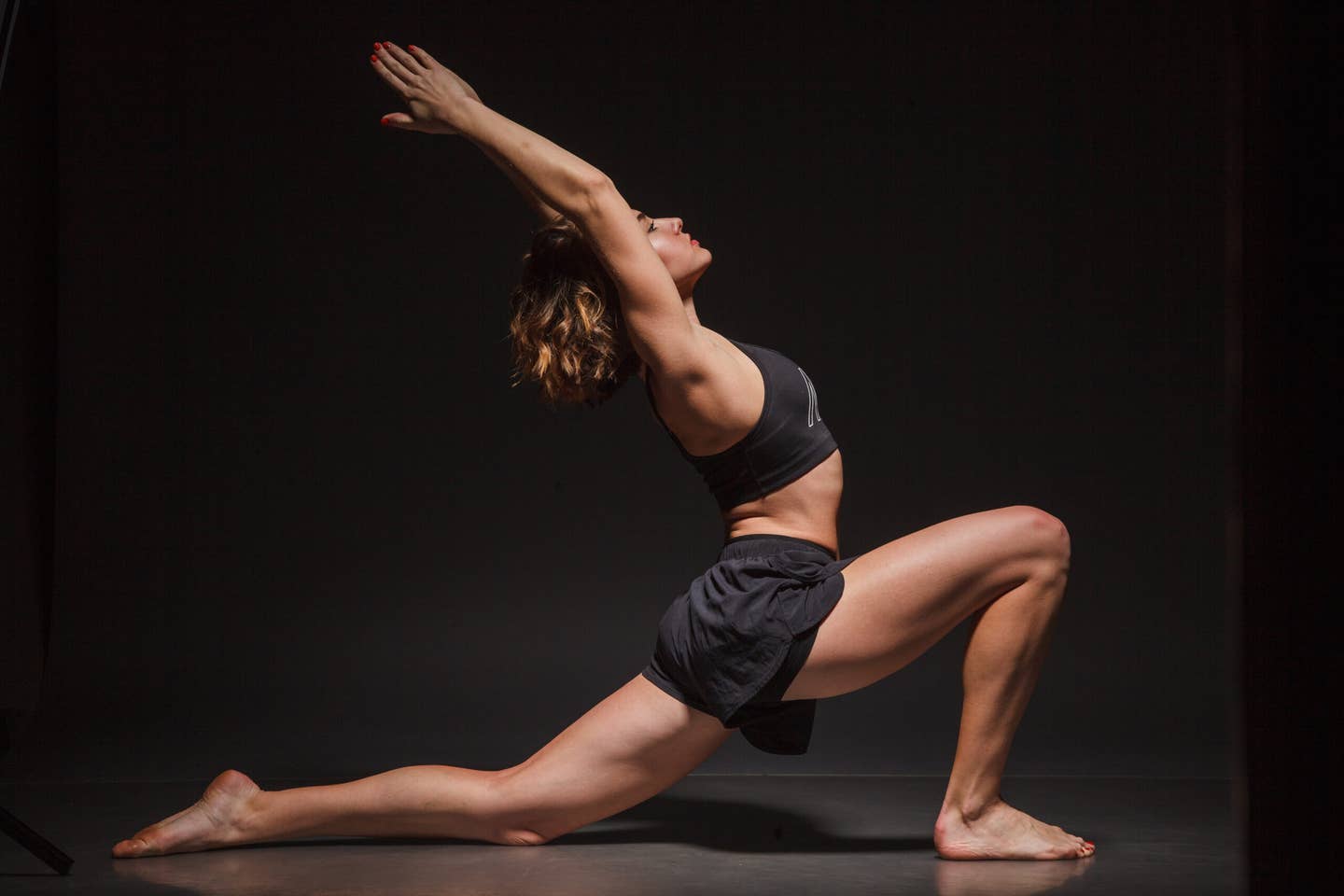
Daily Mobility Routine (15–30 minutes)
- Hip Flexor Stretch (with glute activation): Essential for skiers always in flexion.
- World's Greatest Stretch: Hips, hamstrings, and thoracic spine in one movement.
- 90/90 Hip Switches: Improves internal/external hip rotation.
- Ankle Mobility Work (knee-to-wall): Crucial for edge control and deep turns.
- Foam Rolling: Quads, IT bands, calves—daily or post-training.
Pre-Season Training Sample Schedule
| Day | Focus |
|---|---|
| Monday | Strength + Core + Short HIIT |
| Tuesday | Mobility + Endurance (bike/run) |
| Wednesday | Plyometrics + Prehab Drills |
| Thursday | Strength + Core + Mobility |
| Friday | HIIT + Agility + Balance |
| Saturday | Long Endurance (trail run, hike, or ride) |
| Sunday | Recovery + Full Mobility Routine |
Train with Purpose
Skiing and snowboarding aren't just sports, they’re high-speed, high-impact, highly demanding disciplines. The mountain is unpredictable. Your body doesn’t have to be. By focusing on a smart, targeted training plan, you'll be ready for anything the mountain throws at you. Start your pre-season training for skiers now. Build strength. Train smart. Improve mobility. Come opening day, you won’t just be surviving laps, you’ll be crushing them.
